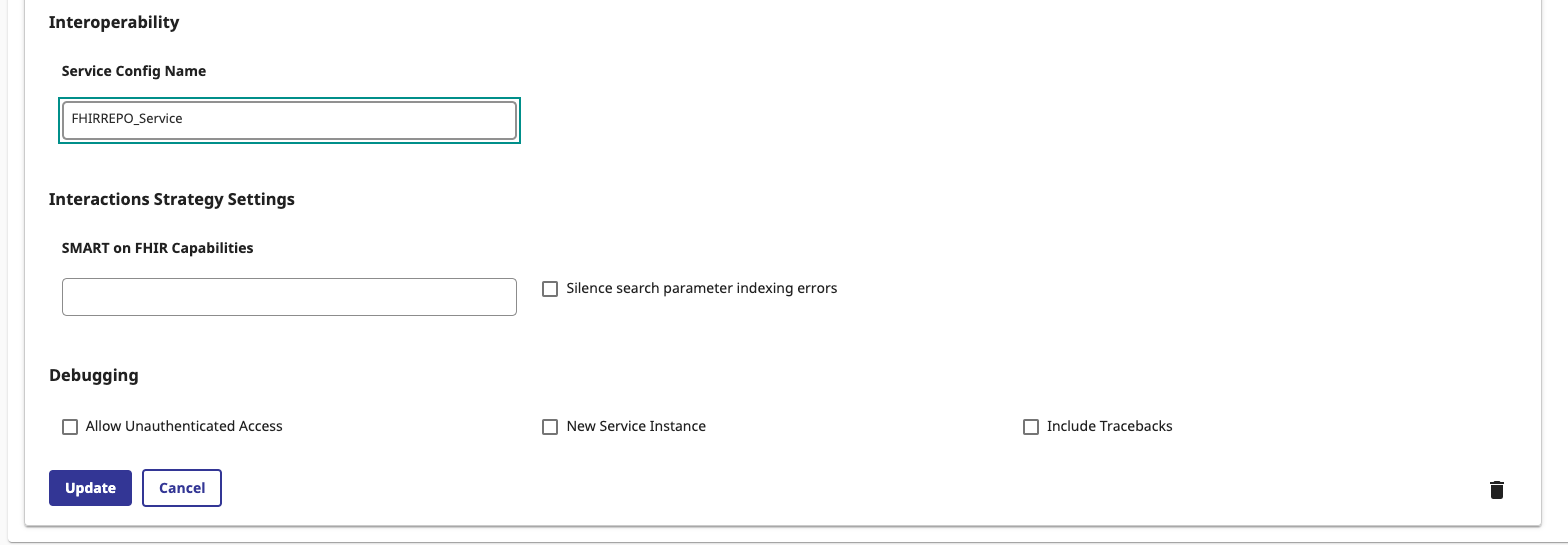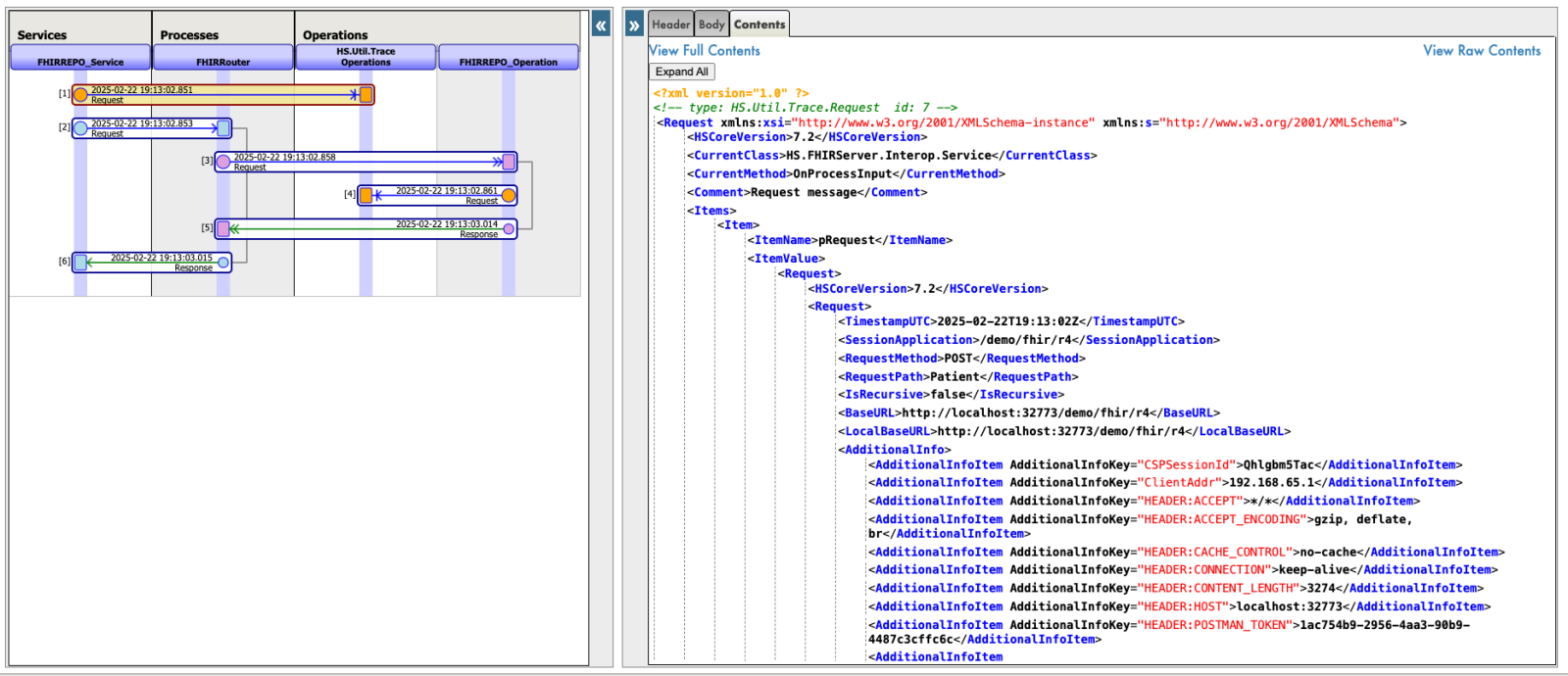Finding reliable and affordable home appliances in Pakistan can be challenging, especially with so many brands and models available. Yasir Electronics, a trusted e-commerce store for electronics and home appliances, makes this process simple by offering genuine products, fast delivery, and competitive prices. Whether you’re upgrading your kitchen, improving your home cooling system, or looking for energy-efficient appliances, here is a helpful guide to the best options available in Pakistan.
1. DC Inverter AC in Pakistan
Energy efficiency has become a top priority for every household. A Dc Inverter Ac in Pakistan is now the most popular choice because it consumes less electricity, provides faster cooling, and maintains a stable temperature. Yasir Electronics offers a variety of inverter AC brands that fit different room sizes and budgets. Whether you need a 1-ton or 1.5-ton model, you can find energy-saving options that help reduce electricity bills throughout the summer.
2. Samsung AC Price in Pakistan
Samsung is known for reliability and advanced cooling technology. If you’re looking for a premium option, checking the Samsung Ac Price in Pakistan
can help you find a model that suits your needs. Samsung ACs come with powerful compressors, smart control features, and long-term durability, making them a great investment for modern homes.
3. Fryer Price in Pakistan
Air fryers have become essential for kitchens because they offer healthier cooking with minimal oil. The Fryer Price in Pakistan
varies depending on size, features, and brand. Yasir Electronics provides a range of fryers—from compact models for small families to larger ones with multiple cooking modes. These fryers are perfect for anyone who wants fast, oil-free meals without compromising taste.
4. Samsung Refrigerator
A Samsung Refrigerator is one of the most reliable cooling appliances you can bring home. Known for strong cooling performance, modern design, and advanced features like digital inverter compressors and frost-free technology, Samsung refrigerators ensure long-lasting freshness for your food. They are available in single-door, double-door, and side-by-side options.
5. Samsung Washing Machine
Samsung is also a leader in laundry technology. A Samsung Washing Machine offers powerful washing performance, energy efficiency, and gentle fabric care. With features like eco-bubble technology, quick wash modes, and smart sensors, these machines make laundry faster and more convenient.
6. Samsung Microwave Oven
A Samsung Microwave Oven is perfect for quick cooking, reheating, and defrosting. With multiple built-in cooking programs and even heating, Samsung microwaves provide both convenience and consistency. They are ideal for busy families and modern kitchens.
7. Hitachi Refrigerator Price in Pakistan
If you prefer premium Japanese technology, checking the Hitachi Refrigerator Price in Pakistan can help you find high-end models with advanced cooling systems. Hitachi refrigerators are known for their durability, powerful compressors, and large storage capacity. They are a great choice for families who want long-lasting performance.












.png)